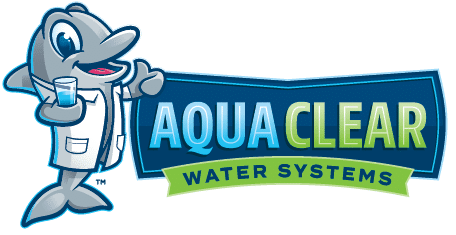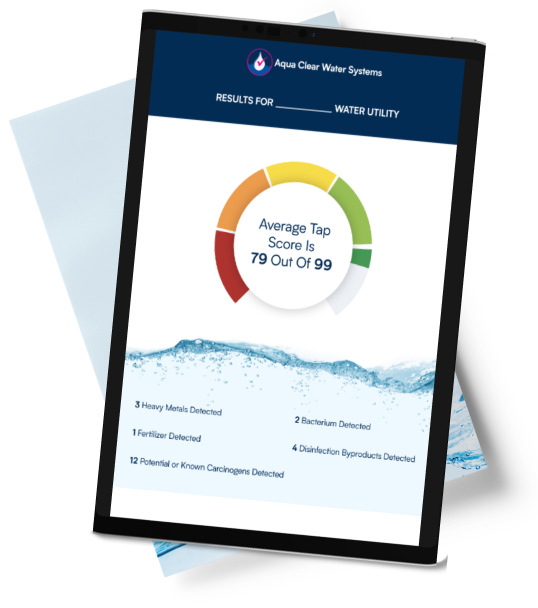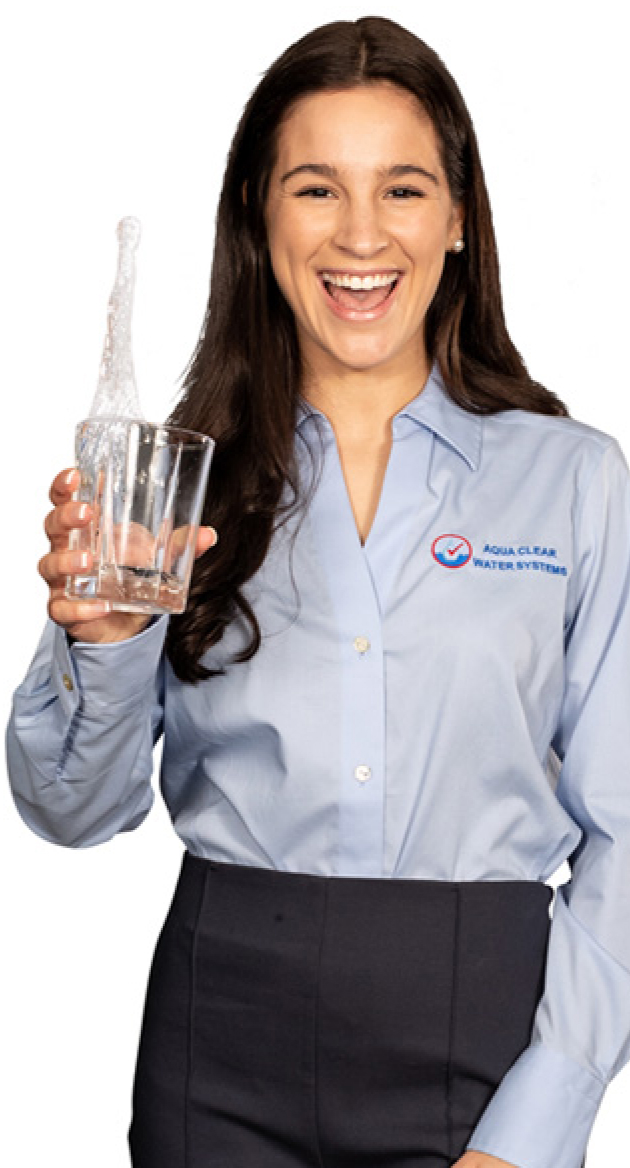If you own a vacation home, cabin, or seasonal property with a private well, preparing your plumbing for freezing temperatures is critical. Homes that aren’t used in the winter are often not insulated well enough to withstand extreme cold, and water left in pipes or equipment can freeze, expand, and cause costly damage.
Whether you’re closing up for the season or reopening in spring, here’s a step-by-step guide to winterizing and de-winterizing your home, well, and irrigation system.
Winterizing Your Home
WSC recommends hiring a licensed plumber to winterize your home. If you need to do it yourself, follow these key steps to drain your system properly:
Step 1: Shut off the house water supply by closing the main shut-off valve.
Step 2: Turn off gas or electricity to the boiler and water heater.
Step 3: Siphon the water from the clothes washer tub. Lower the drain hose to a floor drain if possible.
Step 4: If you have hot water heat, open the drain faucet on the boiler. Let water flow into the floor drain, then remove an air vent from a top-floor radiator so air can replace the draining water.
Step 5: Starting at the top floor and working down, open all hot and cold water faucets, including tubs, showers, outdoor spigots, and flush all toilets.
Step 6: Open drain faucets on the water heater and any water treatment equipment. Caution: Even if gas or power is off, tanks may still contain hot water.
Step 7: Open the main supply line drain faucet (if available) to release remaining water from pipes.
Step 8: Walk through the home to ensure every fixture is drained. Use an air compressor to blow out any leftover water.
Step 9: Replace any remaining water in fixture and toilet traps with non-toxic propylene glycol antifreeze (never ethylene glycol, as it is toxic).
Step 10: Mix antifreeze as directed and add it to each trap.
Step 11: Pour at least a quart of antifreeze into sinks, lavatories, and tubs.
Step 12: Pour at least a gallon into each toilet tank, flush, and allow antifreeze to collect in the bowl.
Step 13: Finish by pouring about a quart of antifreeze into the main house trap.
Quick Tip: Before shutting off the water supply, draw a few gallons for drinking and cooking, and extra for mixing antifreeze. This is also a good time to drain water heater sediment (recommended annually).
Winterizing a Water Well Pump
If your home is on a private well system, take these extra steps:
Step 1: Turn off the water supply to the entire house. Locate the well pump breaker in the panel and turn it to OFF. Leave the main breaker ON to prevent accidental triggering.
Step 2: Drain the water from all lines by opening every tap until no water flows.
Step 3: Unplug or disconnect the power supply to the pump for added safety. If your pump is in a deep well, no extra steps are needed since the depth prevents freezing.
Step 4: For shallow wells with a jet pump, loosen hose clamps on feed and pump lines. Place a bucket beneath connections to catch draining water. Label cords, wires, and hoses for easy reassembly in spring.
Winterizing Your Irrigation System
If you have an irrigation system, additional steps are required:
Step 1: Shut off water to the irrigation system at the main valve.
Step 2: Set the automatic controller to “rain” mode.
Step 3: Open all valves to relieve pressure.
Step 4: Drain all water from irrigation components.
Quick Tip: Use signs to label taps, toilets, and switches, including the well pump, to avoid accidental use during winter.
Underground irrigation lines often require compressed air to blow them out fully. Contact a professional if needed.
De-Winterizing Your Home
When spring arrives, follow this staged process to safely bring water back online:
Step 1: Inspect all supply pipes, drains, and traps for damage.
Step 2: Repair any damaged or corroded sections before turning water back on.
Step 3: Close all faucets and shut-off valves.
Step 4: Slowly turn on the main water supply.
Important: Do not restore water until any known leaks or broken pipes have been repaired.
De-Winterizing a Water Well Pump
Step 1: Open the water shutoff valve at the tank.
Step 2: Ensure the valve between the pump and pressure tank is open.
Step 3: For above-ground pumps, prime through the priming inlet if dry. Submersible pumps don’t require priming.
Step 4: Turn on the pump. It should pressurize the tank and shut off. If it cycles rapidly or won’t turn off, contact a licensed contractor.
Step 5: Check for leaks near the main valve, pump, and tank.
Step 6: Open water shutoff valves to each area of the home, one by one, checking for leaks.
Step 7: Test fixtures with a small amount of water first, then run normally once no leaks are found. Flush antifreeze from drains with fresh water.
De-Winterizing Your Irrigation System
Step 1: Turn water back on at the irrigation main valve. Minor leaks at startup are normal but should stop quickly.
Step 2: Remove sprinkler heads before opening valves to clear debris. Open valves slowly to avoid water hammer.
Step 3: Repair any leaks and replace damaged sprinkler heads as needed.
Step 4: Reset the timer and test watering zones.
Final Thoughts
Winterizing and de-winterizing your well, plumbing, and irrigation systems protects your investment and ensures safe, clean water year-round. While you can perform many of these steps yourself, working with a professional guarantees nothing is overlooked.






